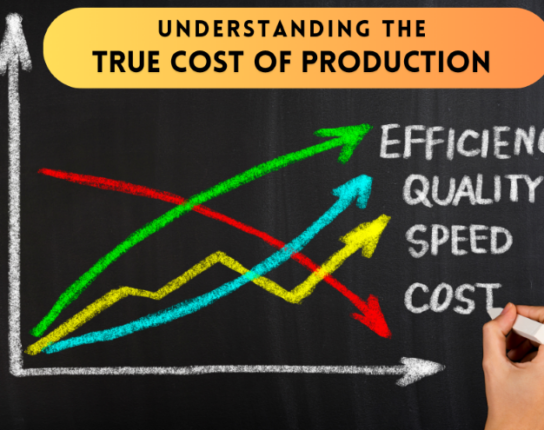Over the past few months, consumer trends in food buying have been drastically affected by the COVID-19 pandemic and various orders for people to shelter in their homes. The latest report from Goldman Sachs and Catalina highlights ongoing increases in healthy eating and alcohol consumption while indicating a slow return to historical spending patterns. Understanding these consumer food-buying patterns will be crucial for future planning as pandemic-related buying patterns continue to change.
Total Food
The overall food category saw unprecedented growth in late March as restaurants began to close and people began cooking and baking at home with more frequency. Most categories saw a second peak in late April as consumers began receiving government stimulus payments. Looking ahead, consumer food buying trends are expected to stay elevated, although numbers are starting to drift toward historical patterns. Current spending overall is still higher than historical as of mid-June.
Consumer food buying trend & Shelf Stable Food
Total sales in the shelf-stable food category peaked in March at +118% year-over-year (yoy), though since then the numbers have declined markedly. Within this category, flour sales led the increase with a peak of +247% in late March as consumers began baking more in their homes. As of mid-June, flour and other baking products are still seeing numbers roughly 30% higher yoy.
Other categories within shelf-stable food, such as seasonings, cereal, and diet/health food also saw modest increases in late March, though nothing close to sales for flour. Numbers for these categories remain elevated and have fluctuated slightly over the past three months. In particular, diet and healthy foods sales are more than +20% yoy, which would indicate that consumers are attempting to follow a healthy lifestyle while cooking and dining at home.
Consumer food buying trend & Frozen Foods
As with shelf-stable foods, sales of frozen food products increased dramatically in late March, up over 150% yoy. However, sales in this category remain high even into mid-June, with particularly sales increases in frozen fruits, frozen meat and fish, and frozen potatoes. These numbers would indicate consumers’ desire to stockpile what would be considered essential food items or functional foods, in response to both reduced availabilities of fresh meat and quality consistency of frozen fruits.
Add in the trends of curbside pickup and delivery of groceries, which affects the consumer’s ability to hand-pick fresh produce, and it becomes easy to see why sales of frozen fruits remain high. Consumers appear to be willing to trade the in-person shopping experience for the perceived quality and safety of frozen foods.
Consumer food buying trend & Beverages
Even after the late-March spike, alcohol sales numbers remain high for at-home consumption. Although sales for soft drinks and fruit juices are also high, especially for a period of time where historically the numbers have declined, sales of alcoholic beverages continue to trend at least 15 percentage points higher. Alcohol sales had another jump in numbers in early May, at roughly +40% yoy. Numbers are just starting to decline as numerous restaurants and bars reopen, but the latest figures still put alcohol sales at nearly +25% yoy.
What These Numbers Tell Us
Being aware of the detailed data in food sales is of course incredibly important to both food manufacturers and food retailers. But what is equally important is understanding why these numbers are where they are. A recent FMI report highlighted a number of shopper behaviors influencing the trends seen above.
- Where They Shop
78% of shoppers surveyed by FMI said they changed where they shop for food. This included shopping at fewer grocery stores, shopping less frequently, and shopping more online as opposed to in-store. - How They Shop
89% of shoppers surveyed said they changed how they purchased food. Nearly half said they spent more money each visit. Others said their trips were faster and more methodical, with a more narrow range of items purchased. - First-Time Online Shoppers
Online grocery sales skyrocketed in May, and continue to remain high. Many shoppers reported trying online ordering for the first time within the past few months. Online shoppers appear to be shopping more frequently and spending more money.
Looking ahead, industry experts expect growth rates to remain higher than last year, but continue to drift back down to expected numbers as restaurants and other food service vendors reopen across the United States.










